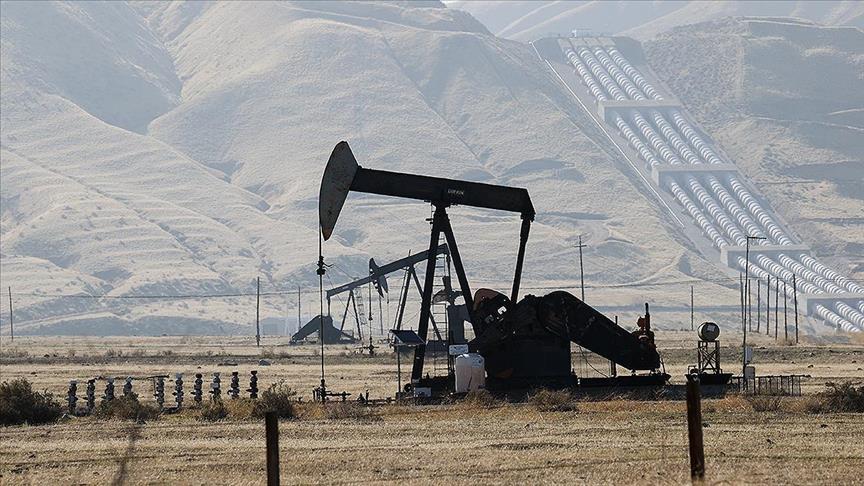Oil prices are expected to gain during the week ending Sept. 20 despite a fall on Friday following the US Federal Reserve’s 50-basis-point rate cut on Wednesday, its first in four years.
The International benchmark Brent crude traded at $74.58 per barrel at 2.01 p.m. local time (1101 GMT) on Friday, up by around 4.14% relative to the closing price of $71.61 a barrel last week.
West Texas Intermediate (WTI), the American benchmark, traded at $70.89 a barrel at the same time on Friday, an increase of about 4.63% from last Friday’s session, which closed at $67.75 per barrel.
Oil price gains were limited by rising demand concerns after weekend data from China revealed economic weakness in the world’s biggest oil importer. August figures showed industrial production falling short of expectations, alongside increasing unemployment and further declines in house prices, casting doubt on future oil demand.
Hurricane Francine’s impact on the US Gulf Coast, a major energy hub, increased oil prices as production disruptions curtailed supply.
Data from the American Petroleum Institute (API) released late on Tuesday showed a rise of 1.96 million barrels in US commercial crude oil inventories, contrary to market expectations of a 100,000-barrel drop. The reserve rise reflected market perceptions of weakening domestic demand, driving prices down.
On Wednesday, the Fed lowered its interest rate by 50 basis points to a range of 4.75%-5.0%, starting its monetary easing aggressively. The move marked the first rate cut by the central bank in more than four years, since the beginning of the coronavirus pandemic.
The Fed also indicated that it plans to cut interest rates by an additional 50 basis points by the end of this year. Interest rate cuts typically boost economic activity and oil demand.
Meanwhile, US commercial crude oil inventories decreased by around 1.6 million barrels to 417.5 million barrels, the lowest level in almost a year. Over the same period, gasoline inventories rose by around 100,000 barrels to 221.6 million barrels.
The market players are also keeping an eye on events in the Middle East, where a vast majority of oil reserves are located. Renewed tensions in the key producing region increased concern for a possible output disruption and supported upward price movements.
Global oil markets remain focused on signs of weakening demand in China and the possibility of increased supply from the OPEC+ group.
Meanwhile, economic challenges in the US are also weighing on oil prices, with recent data showing non-farm employment increasing by 142,000 in August, while the manufacturing sector has contracted for seven consecutive months.
Despite anticipated declines in global demand, ongoing concerns about major producers ramping up supply continue to impact prices.
The Organization of Petroleum Exporting Countries (OPEC) and its allies, known as the OPEC+, previously agreed to extend oil production cuts to November as crude oil and fuel prices continued to fall.

